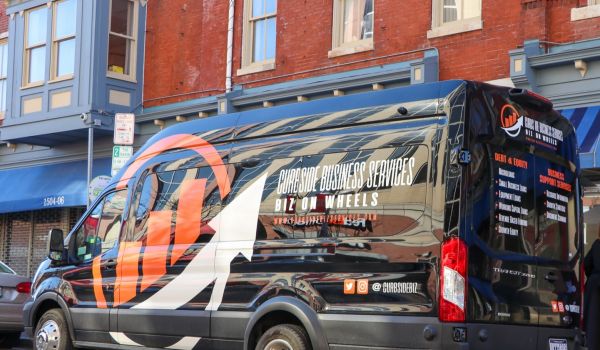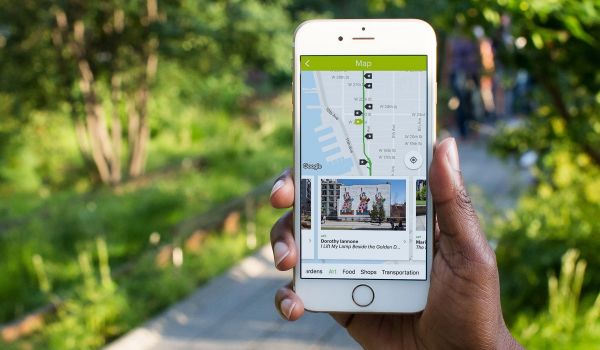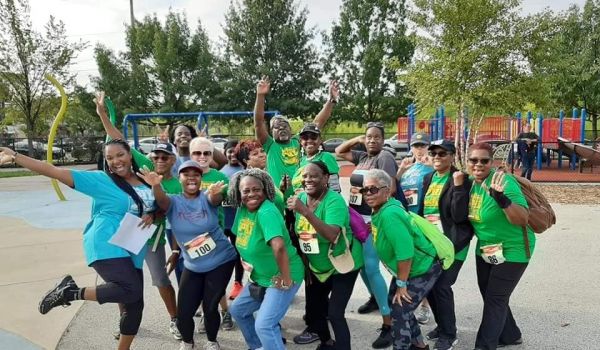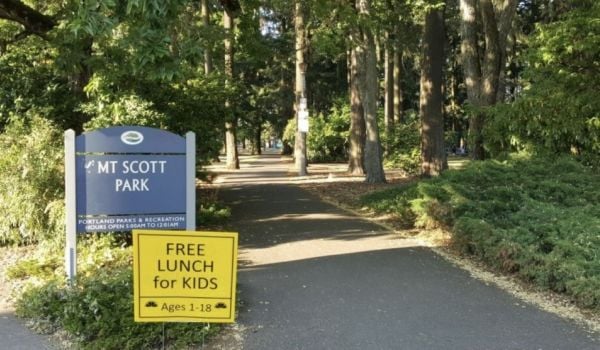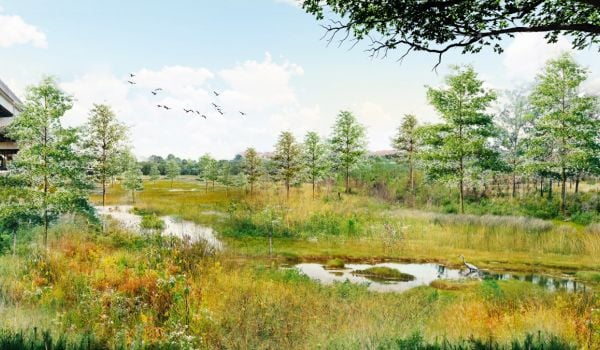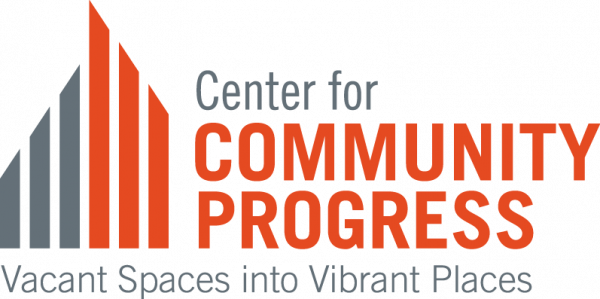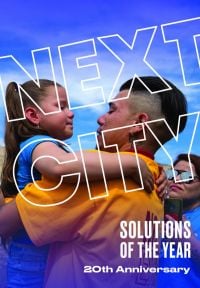A new report by the Knight Foundation has shown through data what many of us have experienced for ourselves this past year: Outdoor public spaces are even more important now than they were when there wasn’t a pandemic raging around the world.
“Adaptive Public Spaces: Places for People in the Pandemic and Beyond” looked at seven different public spaces across the U.S. (each of which received partial funding from Knight) to assess their impact in four different areas—design and programming; community/resident focus; its impact on the broader community, town, or city; and its long-term financial and operational sustainability.
Funded by Knight and conducted by the global urban design firm Gehl, the report’s data was collected via resident surveys, focus groups, geotagged Instagram posts, and both new and existing observational data on space usage both pre- and mid-pandemic.
“We have this belief that great public spaces can connect communities,” says Lilly Weinberg, the Knight Foundation’s senior director for community and national initiatives. “We wanted to evaluate that statement—is it true, and has it worked?”
What the study found was very clear: Embedding community engagement as a core component throughout the space’s lifecycle, from design to governance, clearly increases community attachment to, usage of, and trust in that public space.
In other words, if a public space has a strong community-led component, people use it more, they trust it more, and they feel more like it is theirs.
What that looks like can, and should, vary greatly depending on the wants and needs of the community.
At the Discovery Center in Philadelphia, a public nature area and home of the Philadelphia Outward Bound School (POBS) and the Audubon Society, community-led programming took the form of a first aid class for gunshot wounds, responding to increased gun violence in the adjacent Strawberry Mansion neighborhood. A 2018 event the Center hosted, titled “Inclusion, Equity, & Environmental Gentrification” was hugely popular, and addressed the issues of gentrification and disinvestment from both a local and broader viewpoint.
The Discovery Center is also exploring specific, community-responsive ways to engage the Black community, like leading nature walks for Black men and offering mommy-and-me classes. “The more we were consistent in taking folks’ ideas…that was what built the trust and the foundation to then have people engaged and visiting,” says POBS’ community engagement manager Izzy Nelson in the report.
Another Philadelphia public space, the arts and culture-centric Cherry Street Pier, is also working on increasing its outreach to communities of color. Cherry Street Pier is home to artist studios, interactive art installations, local businesses, and a garden restaurant, and it hosts food markets and other special events, as well. The management organization has a process in place to ensure diversity among their artists-in-residence, business owners, and food vendors. “Our diverse resident artist cohort enables us to engage with communities of color in authentic ways,” says Sarah Eberle, Cherry Street Pier’s general manager. “We still have work to do, but providing opportunities for Black artists, people from other marginalized communities and those who are underrepresented on the art scene in Philadelphia are all very important to us.”
Since the pandemic began, the Pier has perhaps become even more committed to its identity as an arts destination. It’s pivoted much of its focus away from large special events to smaller, more interactive arts programming around artist engagement with the public, like a 2020 Dia de los Muertos mural painting workshop.
This kind of community responsiveness and adaptability has proven to offer another major benefit, in addition to the critical ones of supporting trust and engagement with area residents. “What we found that was so interesting was that public spaces that were community-led from the beginning were much more resilient during COVID,” says Weinberg. “And it makes sense: they know their communities and their communities’ needs, so they were able to adapt much quicker.”
In fact, the report found that Cherry Street Pier saw a threefold increase in foot traffic during the pandemic.
Part of this is quite easy to understand, as outdoor public spaces were one of the few safe places to visit for most of 2020. Many public spaces were primed to accommodate needs like physical distancing. “We were able to capitalize on some of our physical features that made us a safer space,” says Eberle. “We are a 65,000-foot facility with a lot of open space and—now—an enclosed HVAC system. All of the challenges we had with programming an extraordinarily large space pre-pandemic have now become advantages.”
Yet this data also proves that there is tremendous demand for these kinds of public spaces in cities. And that means that people like Weinberg—people deeply involved in the policy, creation, nurturing, and evolution of public spaces—see this coming post-pandemic moment as a huge opportunity. “We’re at a high point for public spaces,” Weinberg says. “Part of the purpose of this report is to equip cities with the information that public spaces can be transformational in their communities. What we’re saying is this needs to be a priority. Public space served as an essential public good during this pandemic.
“I think the future can be better,” she adds, “for many of our public spaces.”

Elizabeth Pandolfi is a freelance arts and culture journalist. She is the former arts editor of the Charleston City Paper, and her work has appeared in Art and Antiques magazine, Charleston magazine, WNC magazine, and other publications.
